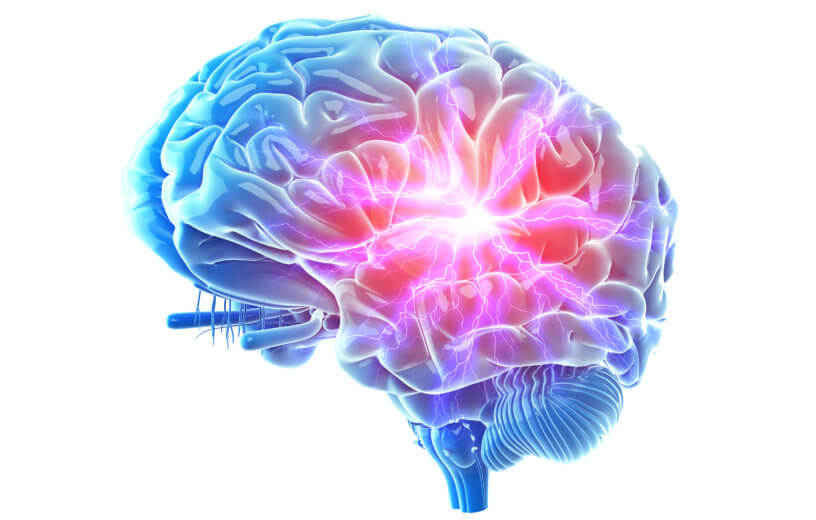PHILADELPHIA — Scientists at UPenn Medicine have just announced the discovery of a new, rare form of genetic dementia. While that revelation in and of itself is enough to warrant headlines, researchers say their work is also providing much more information on a new “pathway” facilitating the buildup of proteins in the brain. Tau protein buildup is the primary cause of most forms of dementia, including this newly found variety and Alzheimer’s disease.
All in all, these discoveries open the door for new therapies targeting that pathway.
While examining the brain tissue of a deceased donor with an unknown neurodegenerative disease, the team UPenn noticed a novel mutation within a specific brain gene (Valosin-containing protein, or VC). Tau protein buildup within degenerating neural areas and neurons with empty holes (vacuoles) were also seen as well.
These observations don’t gel with any known form of dementia, so researchers named their newly discovered disease Vacuolar Tauopathy (VT). They say VT can be identified by looking out for neuronal vacuoles and tau protein aggregates.
“Within a cell, you have proteins coming together, and you need a process to also be able to pull them apart, because otherwise everything kind of gets gummed up and doesn’t work. VCP is often involved in those cases where it finds proteins in an aggregate and pulls them apart,” says Dr. Edward Lee, an assistant professor of Pathology and Laboratory Medicine in the Perelman School of Medicine at the University of Pennsylvania, in a release. “We think that the mutation impairs the proteins’ normal ability to break aggregates apart.”
Discovery may lead to future dementia treatments
The buildup of tau proteins caused by VT is quite similar to that of Alzheimer’s. So, if it can be determined how the VCP mutation is causing dementia, that may help develop new treatments for many forms of dementia.
“What we found in this study is a pattern we’ve never seen before, together with a mutation that’s never been described before,” Lee explains. “Given that this mutation inhibits VCP activity, that suggest the converse might be true — that if you’re able to boost VCP activity, that could help break up the protein aggregates. And if that’s true, we may be able to break up tau aggregates not only for this extremely rare disease, but for Alzheimer’s disease and other diseases associated with tau protein aggregation.”
The study is published in Science.
